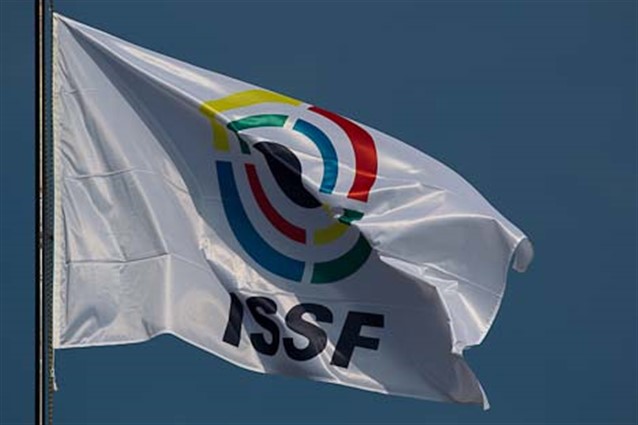By Cathy Arnot, USOC Physiotherapist and ISSF Medical Committee member
Many shooting athletes may develop headaches. This often can be attributed to sustained positioning in upper cervical extension (rifle) cervical rotation (pistol) or from recoil (shotgun). There are many different types of headaches: tension or positional, recoil, migraine and headaches associated with secondary illnesses. The most common headaches I see with shooters are the tension and recoil-type headaches.
These headaches generally present as pain at the base of your skull which progresses around the back of your head to your forehead and even to your eye. This pain is due to pressure on the greater occipital nerve. This nerve exits at the base of your skull and gets pinched when the muscles in this region get tight and with positioning of the head in a forward head posture.

Treatment
Common treatments for these types of headaches include dry needling, manipulation, joint/soft tissue mobilisation, exercises, cool compresses and analgesics (which should only be used with the granting of a proper Therapeutic Use Exemption when required) . Proper hydration and adequate sleep may help prevent a headache.
There are several treatments that you can do yourself if you do not have access to a health care provided.
Tension and recoil headaches do not cause nausea, sensitivity to light or aura. If you experience any of these symptoms, you should be evaluated by your physician.
Treatment techniques
1. Sustained stretch with a strap
Palpate the case of your skull (occiput), then bring your fingers down about an inch and you will feel a bony prominence. This is the spinous process of your second cervical vertebra. Muscles that get tight and put pressure on the greater occipital nerve attach from this region to the base of your skull. To stretch these muscles, place a strap along this spinous process and bring your hands in front of you so that your arms are parallel to the floor. Pull forward with your hands and push backwards with your head until you feel a stretch at the base of your skull. You may need to look down a bit to get a good stretch. Holed the stretch for one minute and repeat 1-2 times.

2. Neurodynamic stretch
Place your feet against a wall with your knees behind your back, spine slumped but your head erect. Allow you chin to drop to your chest. A normal response is a feeling of stretch on the back of your neck. Some people with headaches will feel a stretch along their spine or on the backs of their legs. IF you feel a stretch in these areas you can use this as a stretching technique. Assume this position and just nod your head up and down for one minute; repeat 1-2 times. The stretching sensation should gradually decrease.
3. Trigger point release with tennis balls
Take two tennis, yoga or lacrosse balls and put them into a sock. Tie a know in the sock so that it looks like a peanut. Lie down and place the sock at the based on your skull. Apply for 3-5 minutes.
4. Stretching the upper trapezius and levator scapula muscles
Tightness in these muscles contributes to tension headaches. To stretch these muscles, assume the following positions and hold for 30-60 seconds, repeat 2-3 times each side. You should feel a stretching sensation along the upper trapezius and the back of the neck. You should feel any pain or pinching in your neck as you do this exercise.
5. Acupressure point: At the case of your thumb and index finger is an acupressure point for headaches. Feel for a tender spot in this region and then apply pressure for 1-2 minutes. Apply pressure that produces mild to moderate discomfort. The discomfort should gradually decrease.
6. Instrument-assisted soft tissue mobilization: There are several tolls that you can purchase that allow you to stretch out the muscles on the back of your neck. They range from $3 to $100.00. These tools are easy to use and can get deeper than just a massage. Have a physical therapist show you how to use them properly. The movement is essentially a “scraping” type motion. If you want to purchase a tool, I recommend the fibroblaster, the myotool the comet or guasha tools.

I hope these exercises are of help to you. If your headaches persist, you should be evaluated by your physician.

